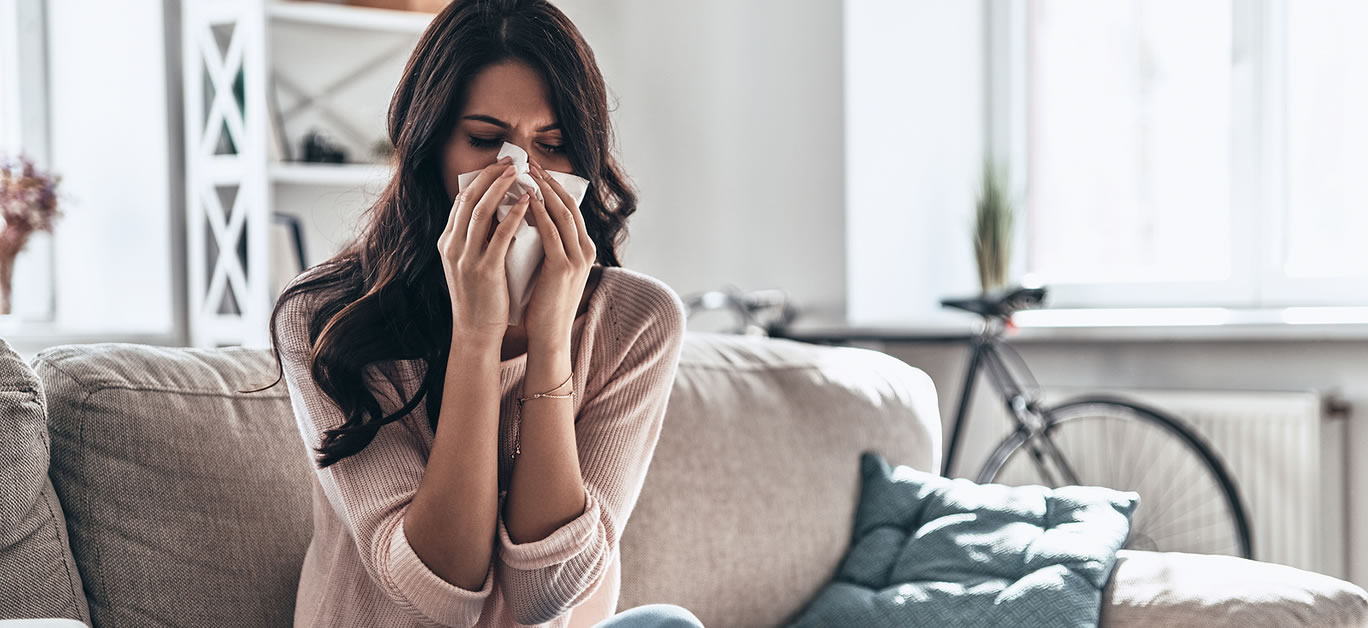You may think the idea of suffering with hay fever in the autumn is preposterous, but actually it’s much more common than you think. And with cold and flu season upon us, many people confuse symptoms and think if they are sneezing and have a runny nose they must be ill – but in actual fact it could just be your allergies flaring up.
Here, Parvinder Sagoo, superintendent pharmacist and clinician at SimplyMedsOnline, reveals his expert tips for beating hay fever this autumn.
1. Use a balm

The main cause of persistent sneezing is usually from pollen particles entering and settling in your nasal passage and causing a tickling sensation which causes you to develop short bursts of sneezing. Try dabbing a little bit of balm, this can be Vaseline or any other type of balm textured product, around the opening of each nostril on your nose. This should help to essentially trap pollen particles before they are able to enter your nasal passage after travelling from outside and into your home.
You should re apply a balm throughout the day to ensure that the particles are able to stick properly to the area, as it most likely will be wiped away especially if you find you are sneezing quite a lot or touching your face in general.
In autumn the weather can turn quite cold, and you may also find if you’re wiping or rubbing your nose often it becomes sore due to the cold, so ensuring you use soft tissues, and applying the balm not only to save pollen from entering your nasal passages, but also to soothe any rough cracked skin is imperative.
2. Keep windows closed
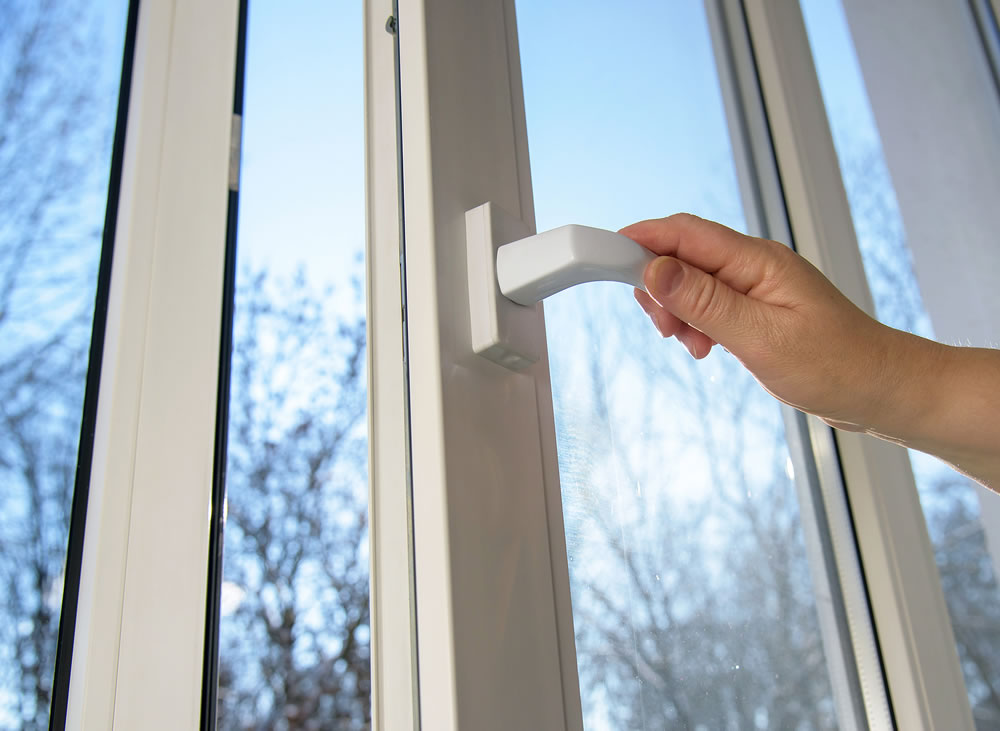
In autumn, the chances are you won’t have windows or doors open often due to the cooler weather, however pollen particles will still be able to enter your home even if you have a small window open for fresh air. I would advise only opening windows and doors for a short period per day, morning would probably be best as the pollen count is notably less high in the mornings and evening as opposed to middle of the day.
If you live in a flat or apartment and find you do need a window open a bit more often then open the windows a crack and perhaps place a sheet or something similar over it so the air can still reach your home but making it harder for the pollen particles to enter.
3. Wash laundry regularly
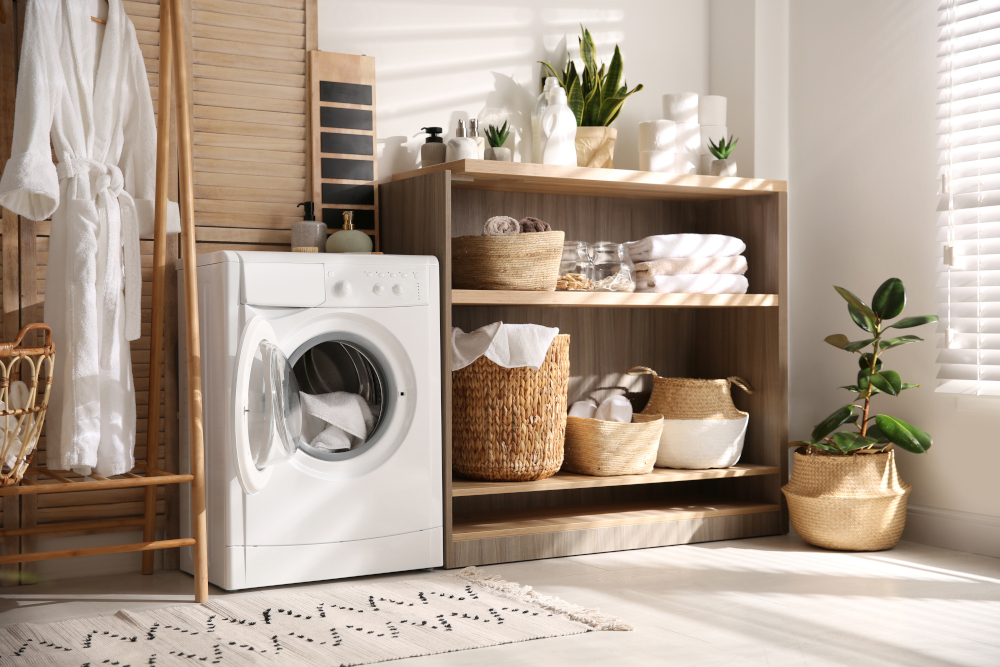
Pollen particles and other such particles, which can cause symptoms of hay fever such as dust, are able to make their way from outside and settle on linen such as bed sheets and throws. I would advise you washing your household linens such as sofa throws, bed sheets, tea towels, sofa covers and other such linens as much as possible as this will remove any stubborn and settled particles from their surface.
If you find you are suffering with nightly hay fever symptoms then this is most likely due to your bed sheets and pillows having pollen particles sitting on them and you inhaling them throughout the night.
4. Try a nasal cleanse
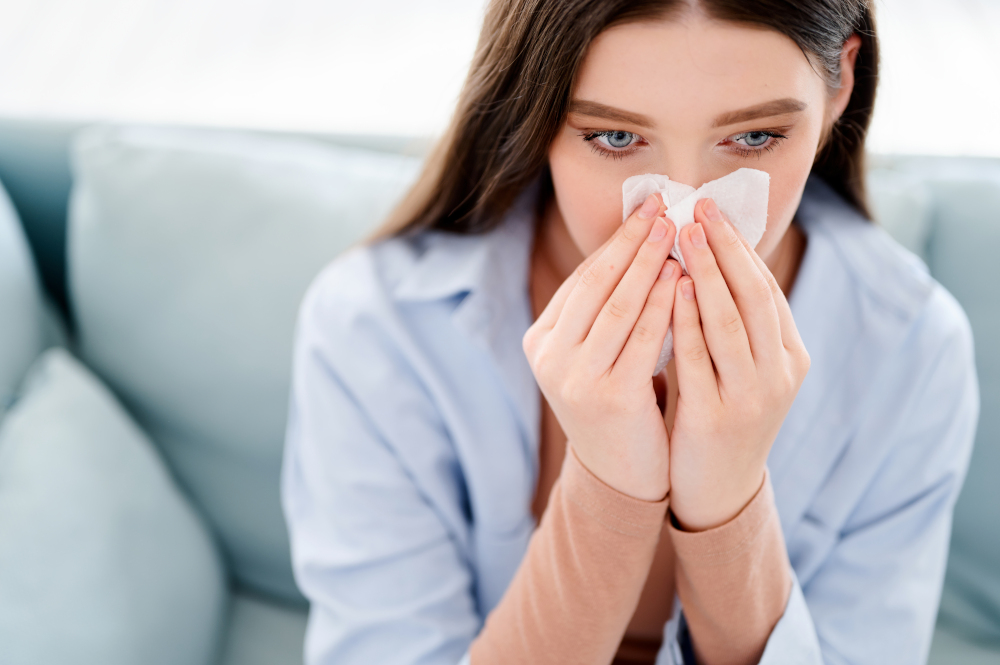
A nasal cleanse, or sinus cleanse is a great way to rid of any lingering irritants which have attached themselves high up into the hairs of your nasal passage. Do this using a salt water solution once or twice a day, tip your head at an angle over your bath or sink and try to use a funnel like tool or even a water bottle with a spout and essentially pour or shoot the salt water solution straight into your nose. This surge of water should help to flush out and remove and any irritants whilst also cleaning the area of any mucus or other irritants.
5. Take home remedies
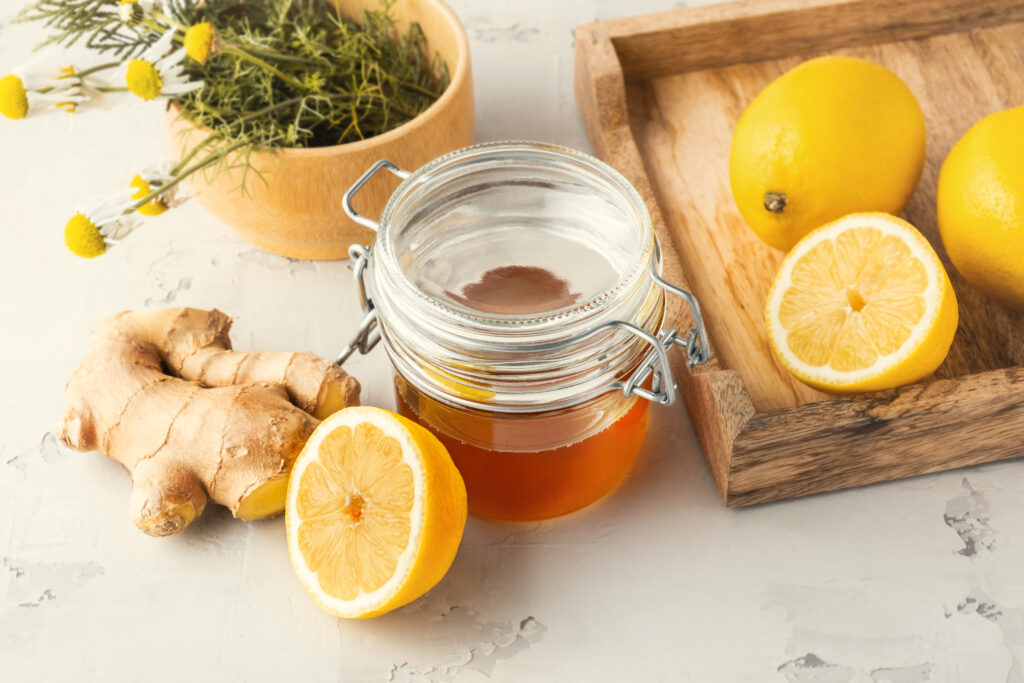
Honey is a natural remedy for hay fever because the bee pollen in honey can actually desensitise your body to other pollens, so increasing your daily honey intake should actually reduce hay fever symptoms significantly. I would advise either having a spoonful or two per day right out of the jar, or add to your morning porridge or granola.
6. Keep yourself clean

Pollen particles can actually sit on clothes and other such surfaces for quite a long time, so even if it starts to rain and the pollen count decreases you may still find you are suffering with symptoms and this is most likely because you are wearing clothes with particles sitting on them.
I would advise keeping yourself and your clothes as clean and fresh as possible. You want to ensure you are washing enough throughout the day to keep your hands and face free from any lingering pollen particles which may travel up into your nose, mouth or eyes. Wash your face twice daily with water, ensuring you’re are allowing water to enter your nose and eyes to wash out any pollen, this is important if itchy or watery eyes are a symptom for you as the eyes will need to be thoroughly rinsed with warm water to ensure all particles have left the tear duct region.
7. Buy medication to help with symptoms

As the nights get darker and the days become colder, getting out to the shops may not be your first priority, however you can still buy plenty of anti-allergy items such as tablets, sprays, balms and eye drops through online pharmacies which will still be sending out medication.
Simply Meds Online is now offering a same day delivery service for all purchases made before 3pm.












